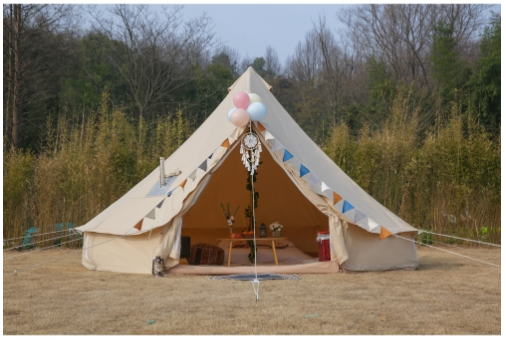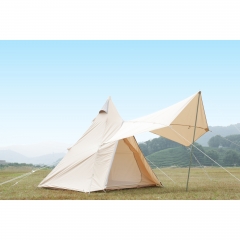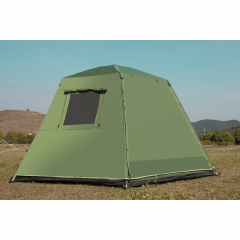Whether you are the owner of a new tent or are considering this prospect, understanding the maintenance and upkeep of the tent is something you will definitely want to know about. That's why we created this blog post to give you an overview of the kinds of maintenance needed.
Cleaning
One of the most important factors to keep your walled tent working for a long time is to keep it clean. Of course, there are all kinds of dirt, mud, dirt, and debris that can be used in your tent in various environments, and it can
easily pack things up and put it in storage without proper cleaning, particularly because you usually don't have a convenient of a hose to wash off before packing it up.
Well, I'm here to tell you that cleaning the tent before storing it is crucial because long-term exposure to various pollutants will accelerate corrosion. To do this, when you get home, use a soft brush with a mild detergent and an ordinary garden hose.
Shade
Although our tents are made of very hard materials, you might not have thought that ultraviolet radiation would accelerate wear and tear. To avoid this, it’s a good idea is to use a tent fly to provide shade over your tent, and thereby prevent the slow decay of UV exposure. This is true not only in summer but also in winter.
Heat
For tents with walls, your main heat concern is the stove and lantern. Use a suitable stove jack, keep these heat sources away from the canvas, and place lanterns away from the canvas.
Setup location
What you choose, you set up your
tent can also help protect it, by avoiding trees that tend to drip resin, which can dry on the canvas, causing wear and tear, and avoiding potential branches and high winds, all of which contribute to tent entropy.
Mildew
Be sure to let your tent completely dry before storage, and make sure it stays dry during storage. If you have mold problems, don't use bleach to clean your tent!
Zipper
The main consideration for using a zipper is to avoid putting pressure on the zipper, and cover the tent on the frame of the tent when the zipper is closed. Always unzip the tent completely, place it on the frame, and then zip until it is fully seated.
Storage
Your tent storage should always be dry and there should be
no large temperature fluctuations. It is also a good idea to use large plastic containers to avoid insects or rodents from borrowing in the tent and causing damage.
Leg bottoms
The bottoms of the legs where they make contact with the ground are a prime location where decay is likely to occur. Make sure that you use, maintain, and replace the rubber leg bottom cover, to avoid moisture and other factors from damaging your tent leg bottoms.
We provide quality wall tents, please feel free to
contact us if you need them.



